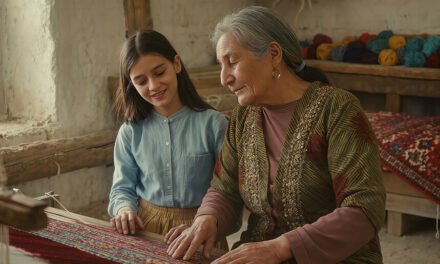- Man and woman fall in love, albeit reluctantly.
- Man’s family is unsure of woman’s hidden past and/or she might not be in his social status.
- Belly dancing scene.
- Woman’s secret is revealed to one member of the man’s family, typically by a jealous ex-girlfriend.
- A member of the man’s family, usually the father, visits the would be bride who is happily planning her wedding and “suggests” she call off the wedding if she really loves her future husband, to spare his good name.
- She abruptly breaks the engagement.
- After months apart, the man discovers his former fiancé is dying a slow death.
- They reunite just minutes before she passes away.
Call me a conspiracy theorist or paranoid, but I really think that these movies are written and produced to subtly brainwash the viewers. It’s very evident that once a woman falls into some sort of ill-repute or is gossiped about to the point where the whole town thinks she is a “bad girl,” she contracts a disease or is threatened with shame and breaks off the engagement or is ostracized to the point where she commits a petty crime while trying to clear her name.
These aren’t random showings of old movies. These are newer movies being shown on an international scale over cable and satellite with subtitles. Are we to believe this is the way women are treated in the Middle East? Women, as Arab cinematographic figures, evoke images of the submissive and dominated and embody women as one-dimensional characters at the mercy of society’s judgment. Women’s roles are typically limited, and generalized images are conveyed. Female figures are typically present in the films as mother, wife and daughter. In the familial sphere, the representation of women is in roles defined only by their relationships with male figures and the woman’s ability to be subservient to social status and archaic notions of how they should act in a relationship.
The psychological and physical violence that blocks and forms an obstacle to women’s progress in these films reflects the struggle of men to remain the dominant force in family and workplace. What’s left is the feeling that women are seen as commodities rather than flesh and blood. Filmmakers have settled into showcasing the strong and heroic character of the male figure as the bread winning, intelligent businessman and ignoring women’s positive role in modern society. By depicting figures of suffering or evil women to be humiliated and punished, they are reinforcing stereotypes (and quite efficiently).
“The Devil Is a Woman”
“Satan Inside Her”
“A Woman of Ill Repute”
“The Curse of a Woman”





























